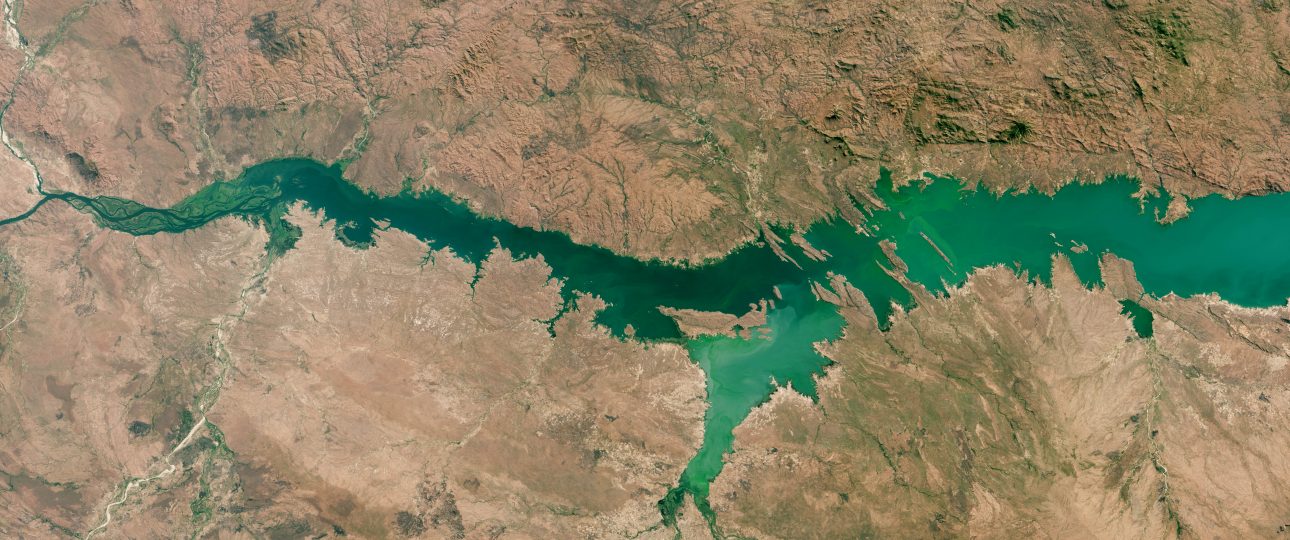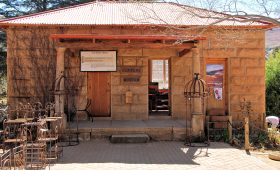Cahora Bassa Lake: Exploring Mozambique’s Vast Reservoir
Location and Geography
Cahora Bassa Lake is situated in the Tete Province of Mozambique, along the Zambezi River. It ranks among the largest man-made lakes globally, covering approximately 2,700 square kilometers. The lake’s surroundings feature lush vegetation and striking mountains, offering a scenic backdrop for visitors.
Unique Features
- The lake’s size makes it ideal for water sports. Kayaking, sailing, and fishing are popular activities here, attracting enthusiasts from around the world.
- Wildlife is abundant, with hippos, crocodiles, and numerous bird species inhabiting the area. It’s a prime spot for nature lovers eager to observe these animals in their natural environment.
- The Cahora Bassa Dam, constructed in the 1970s, is a significant feature. Originally a Portuguese project, it now stands as a testament to engineering prowess, generating hydroelectric power for the region.
- The area is steeped in history, with ancient rock art and archaeological sites nearby. Visitors can engage with local culture by exploring villages and interacting with residents.
Best Time to Visit
Plan your visit during the dry season, from May to September. This period offers pleasant weather with clear skies and lower humidity, enhancing wildlife viewing and outdoor activities.
How to Get There
To reach Cahora Bassa Lake, fly into Tete Airport, which is accessible via several international airlines. From the airport, you can rent a car or take a local bus to the lake. Alternatively, consider a scenic train ride from Maputo, Mozambique’s capital.
Local Transportation
Upon arrival, renting a car provides flexibility for exploring the area. For a more in-depth experience, hire a local guide who can offer insights and show you lesser-known sites.
Historical Context
The Cahora Bassa Dam project began in the late 1960s under Portuguese administration. It was part of a broader agreement involving Southern African governments to supply electricity to South Africa. The dam’s construction faced challenges during Mozambique’s struggle for independence, with Frelimo guerrillas targeting construction materials. Mozambique gained independence in 1975, and by 2007, the country assumed control of the dam from Portugal, resolving longstanding disputes over its operation and debt.
During the Mozambican Civil War, the dam’s transmission lines suffered extensive sabotage, requiring significant reconstruction in the 1990s. Despite these challenges, the dam continues to play a crucial role in the region’s power supply.




